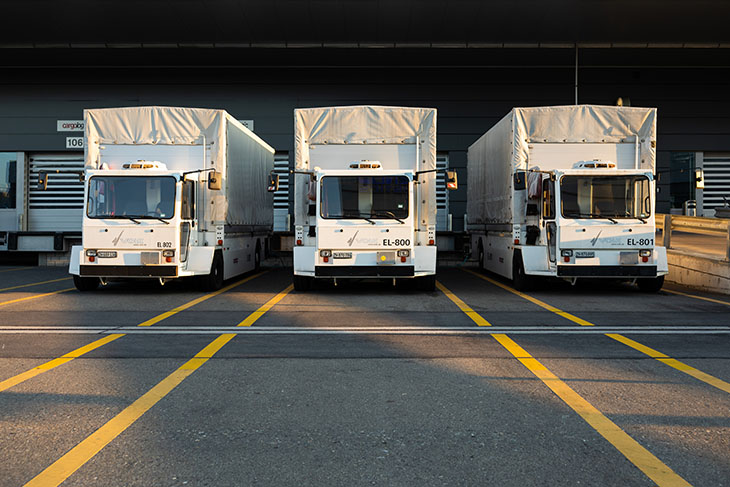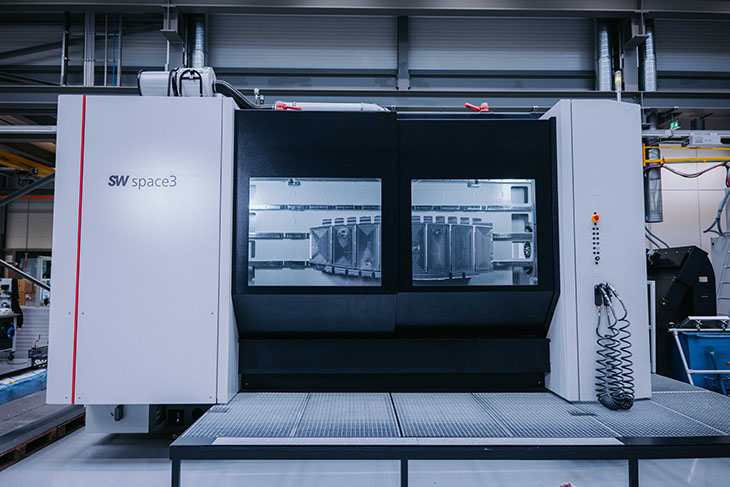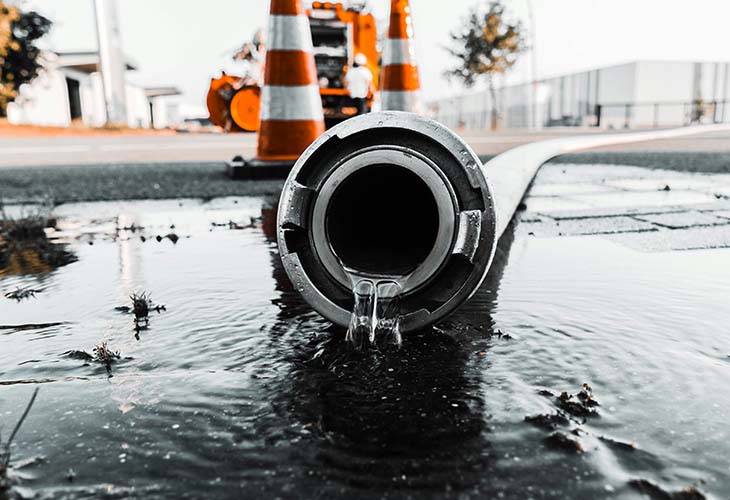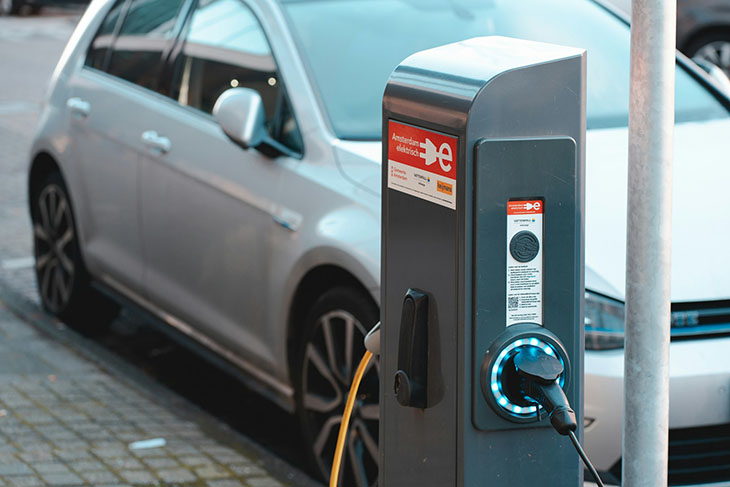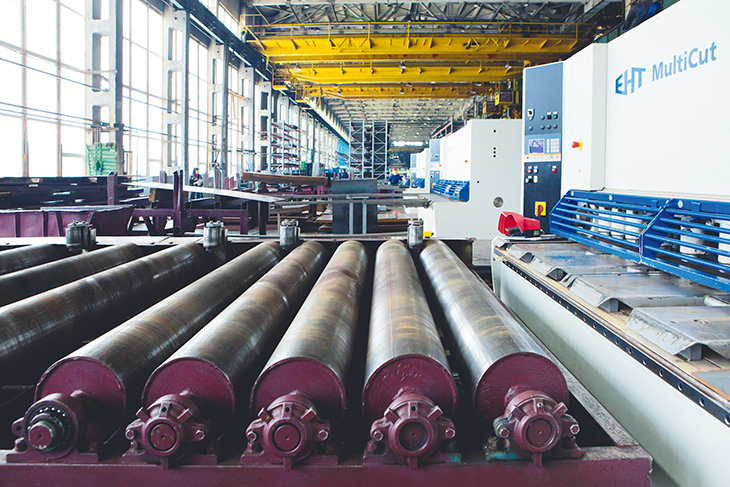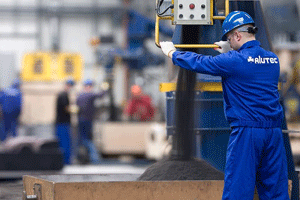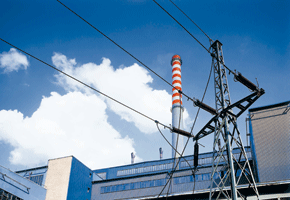Telematics has proven to be extremely beneficial for fleet owners and general fleet management. Already, businesses investing in smart technology have improved critical areas like customer service, routing, and productivity. What’s more, they’ve reported decreases in fuel costs (13%), accident rates (25%), and labor costs (17%). All these savings roll back into the company, leading to higher profits.
What are those benefits up close? Why does telematics offer such excellent perks for fleet owners?
1. Optimized Routes
The main practice in fleet management and logistics involves identifying, plotting, and following highly efficient routes during travel. Key factors include distance, weather or road conditions, fuel consumption, traffic, and idling. Properly assessing and managing these events is the key to maintaining or even reducing costs.
Telematics can significantly enhance this process by providing loads of information in real-time. Those data streams flow directly to the management team, who can assist drivers and fleet operators more quickly and accurately. Managers know exactly what’s happening on the road, just as if they were seated next to their drivers.
The data can also be fed into machine learning and predictive analytics solutions to extract more helpful insights. Roadways may appear ideal on paper, only to be less fuel-efficient because of inclines, traffic, accidents, or weather conditions. This information can be reported and recorded to determine much better routes. The data itself also improves over time as more is collected and analyzed.
2. Preventive Maintenance
By the time a vehicle starts to lose performance or break down, it’s already too late. However, many teams still employ reactive maintenance, which involves servicing a car after an event has happened. Outside of the basic upkeep, like topping up fluids, changing out filters, or checking tire pressure, it makes sense to get regular readouts of vehicle details. People can take that information and enforce preventive measures, essentially servicing a vehicle before something happens. It’s proactive instead of reactive.
Equipment telematics will provide that information in real-time, while the vehicles are on the road or even while they’re parked. Basic maintenance is monitored, as well as the conditions and status of various components like tires, fuel levels, voltages, and the engine. Other variables can also be tracked, such as CO2 emissions, tire tread wear, fluid or engine leaks, and logistics or cargo conditions.
3. Real-Time Controls
Fleet managers have more direct control over what each driver or vehicle is doing during a trip, and more nuanced improvements are earned as a result. Telematics makes that possible. For example, taking safer roadways through real-time redirections ensures more cargo makes it to its destination, potentially faster. Operators can then negotiate higher rates as a result.
Imagine a storm is brewing that will wreak havoc throughout the area, creating delays that result in traffic issues. Operators back home can help their drivers navigate around the problem, avoiding it entirely and any complications that it creates. These kinds of lived-in moments establish a more beneficial and seamless operation, which is something that can’t be achieved without the real-time data provided by telematics solutions.
4. Better Insurance Rates
Generally, a riskier driver with more accidents or problems on their record is more expensive to insure. However, the same is true for new drivers with no record or performance indicators. Telematics can help in this regard, especially when negotiating insurance rates, by serving as proof of safe driving performance and habits. It can also be a bargaining chip for fleets as managers look to negotiate reduced insurance rates.
This is already happening in the real world. Transportation companies have successfully reduced insurance costs, saving as much as 25%, with the help of telematics and real-time data. Thanks to the detailed information collected by these systems, fleets can also appropriately reward good habits and safe driving, help drivers understand what constitutes bad or dangerous behavior, and provide more practical training to personnel.
5. Adaptive IoT Billing
Traditionally, a trip costs what it costs. A fleet operator may provide a quote based on current market conditions, route options, fuel costs, and more. However, telematics takes this to a whole new level, allowing for IoT-based billing that reflects current events as the journey plays out.
In the past, if the trip took longer than expected and fuel costs rose during that time, fleet operators would have been out of luck. Now, they can more accurately negotiate rates based on various factors, all of which directly impact the journey. It feeds into a more adaptive subscription and billing solution, as well. That allows companies to bill for things like mileage overages as they happen, sudden events, and even demand changes.
6. General Operations
Fleet managers are no strangers to the interconnected threads of running a business. Profits and cash flow management, service requirements, and inventory are just a few examples of other administrative tasks that need to be handled accordingly. Telematics can help these different facets of running the general operation and business merely by providing more accurate, responsive, and readily available data.
Consider cash flow management, for instance. Administrators can see exactly how much each trip will cost, what the service requirements are of the related vehicles, and how much profits the journey should net. Most importantly, they can better predict various outcomes, like urban road congestion and weather conditions that might prolong a trip and balloon costs.
It’s all connected, and it meshes to create a better prepared and more streamlined operation. Fleet managers can adjust where needed, reinvest or redistribute cash flow, or make any number of decisions thanks to the wealth of information they have available — provided only by telematics solutions.
A Fleet Is Better With Telematics
From a utility perspective, telematics has no equal. The information coming in affords unprecedented levels of preparedness, decision-making, and seamless operations.
Drivers get optimized routes recalculated in real-time to respond to road events and local conditions. Fleet managers have more nuanced and direct controls over the entire operation, including individual vehicles. Moreover, the company also benefits from reduced insurance rates, better billing and negotiation opportunities, and a much stronger system overall, thanks to the massive influx of practical data.









